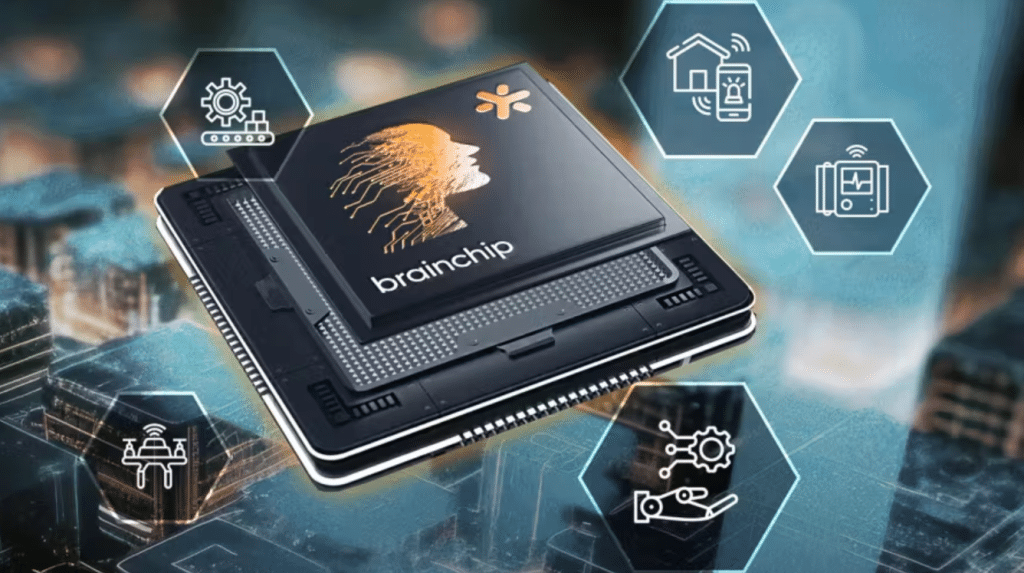BrainChip provides a glimpse into neuromorphic AI IP-based edge box
Dec 19, 2023 |
Larisa Redins
CATEGORIES
Edge Applications |
Edge Computing News |
Hardware
BrainChip Holdings Ltd has unveiled a preview of its edge box powered by neuromorphic technology. Developed in partnership with VVDN Technologies, this device showcases low power and a digital, event-based, neuromorphic AI IP, BrainChip says.
According to
BrainChip, the Akida Edge Box is built for challenging environments. It is set to begin pre-sales on January 15th, 2024 and will be demoed at CES 2024, January 9-12 in Las Vegas.
The Akida Edge box is designed for vision-based AI workloads. The company says it enables cost-effective and scalable AI solutions at the edge, with capabilities in video analytics, facial recognition and object detection. It can also integrate inputs from various other sensors.
Sean Hehir, CEO of BrainChip, notes that the Akida Edge box with BrainChip’s neuromorphic technology offers an advantage in industrial, manufacturing, warehouse, high-volume retail and medical care industries.
BrainChip’s event-based neural processing emulates the human brain’s learning ability. With on-chip learning, its Akida neuromorphic processors enable customization and personalization without relying on the cloud. The company says this also reduces training costs.
Puneet Agarwal, the co-founder and CEO of VVDN Technologies, also notes a high demand for affordable and adaptable edge AI computation in various industries.
“VVDN is excited to offer OEMs its experience and expertise in bringing the advanced, transformative technology integrations that meet market needs and eventually help them with faster time to market,” continues Agarwal.
BrainChip says the Akida Edge Box is ideal for low
latency AI processing. It provides security and surveillance by detecting intrusions, identifying individuals in restricted areas and analyzing behaviors to recognize potential threats.
AI can aid in inventory management and loss prevention in the retail and warehousing sectors. It detects empty shelves, identifies restocking needs and detects unauthorized removal of merchandise. It also offers behavior analysis to optimize store layouts and maximize profitability.
The Akida Edge Box brings AI to industrial settings for visual detection applications like quality inspection, defect identification with factory robotic systems. Brainchip says it enhances plant and worker safety by ensuring proper safety gear usage, workflow adherence and identifying assembly line malfunctions.
Healthcare applications use patient monitoring systems to ensure safety and issue alerts for incidents like falls or abnormal behavior. They also track and analyze patient movements in rehabilitation facilities to aid in physical therapy. In elder care settings, they can detect falls or situations requiring staff assistance.
VVDN is a product engineering, software and manufacturing company headquartered in Gurgaon, India and Fremont, California. They specialize in designing and manufacturing end-to-end products across various technology vertical markets like 5G, data centers, networking and IoT. They serve customers worldwide, including the US, Canada, Europe, India, Vietnam, Korea and Japan.
Meanwhile, BrainChip offers
edge AI on-chip processing and learning solutions. Its AI processor, Akida, utilizes neuromorphic principles to mimic the human brain. By analyzing sensor inputs at the point of acquisition, the company says it processes data with precision and efficiency.



exhibitors.ces.tech

